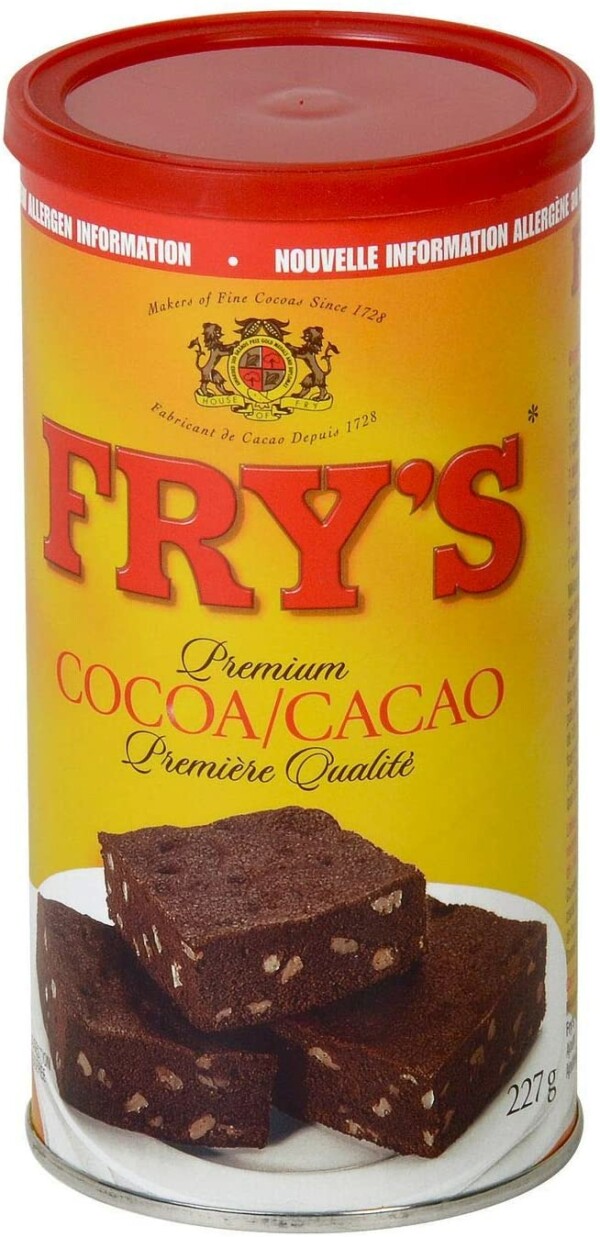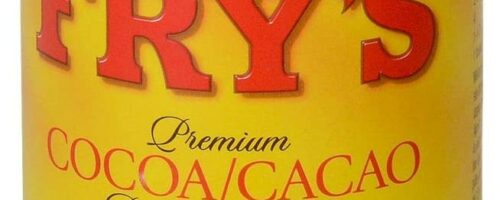
{5.852547394437685,-2.5173346249999917}
How is it produced?
The process involves harvesting cocoa pods, refining cocoa pods into to cocoa beans, and shipping the cocoa beans to the manufacturing factory for cleaning, coaching, and grinding.
Describe the supply chain to the store shelf in Canada:
The Ghana Cocoa Supply Chain (GCSC) includes farmers, cocoa traders (Licensed Buying Companies, or LBCs), civil societies to advocate for positive change in the GCSC, and COCOBOD, a governmental body that regulates the sale of cocoa.
The Mondelez cocoa supply chain links as follows: cocoa is harvested, fermented and dried by the farmer, and then sold to a LBC (which Mondelez calls a tier 2 supplier). From there, the LBC sells the cocoa beans to the tier 1 suppliers, at which point the cocoa beans will either be processed locally, or shipped to a processing plant in Europe. In the case of the Fry’s Cocoa brand, the beans are shipped to Keynsham, United Kingdom for final processing.
What is the power balance between the producer and seller?
The farmer has no control over the price they get from their cocoa beans, because COCOBOD sets the prices paid for each kilogram of cocoa sold. The immediate buyers, the Purchasing Clerks, or PCs, experience harsh competition from other purchasers. Because they have to buy cocoa at a set price, they offer incentives to farmers such as free pesticides and salt. They will also accept “too moist” cocoa beans and finish the drying process themselves.
Because Ghana competes with other poor nations to sell its product (the Ivory Coast being its primary competitor), it must offer its product at a low value to purchasers from moving their business. The threat of a loss of business is what gives power to the buyer.
Can you recommend changes to the system to improve the balance?
Ghana and the Ivory Coast could form a coalition to set higher prices for their products. As well, they could appeal to NGOs, the IMF, World Bank, etc for financial assistance in getting electricity, water, communication systems, and infrastructure to small-scale farmers. 90% of Ghana’s cocoa farmers are small-scale farmers and do not have the necessary resources to grow efficiently. COCOBOD could pressure its government to work on agreeing on supportive bilateral agreements between consuming and producing countries Finally, NGOs can continue their good work to hold buyers accountable to the public.
References/Resources:
van Vliet, J. A., Slingerland, M. A., Waarts, Y. R., & Giller, K. E. (2021). A Living Income for Cocoa Producers in Cote d’Ivoire and Ghana? FRONTIERS IN SUSTAINABLE FOOD SYSTEMS, 5, 732831. https://doi-org.ezproxy.tru.ca/10.3389/fsufs.2021.732831
Olam International. (2016). Olam Livelihood Charter 2016: Equipping smallholders to secure their future. Archived November 7, 2017, Wayback Machine. https://web.archive.org/web/20171107055533/http://49tmko49h46b4e0czy3rlqaye1b.wpengine.netdna-cdn.com/wp-content/uploads/2017/09/Olam-Livelihood-Charter-report-2016-2.pdf
Ofosu-Asare, K. (2011). Trade liberalisation, globalisation and the cocoa industry in Ghana : the case of the smallholder cocoa farmers. University of Westminster. https://search.ebscohost.com/login.aspx?direct=true&db=edsble&AN=edsble.554207&site=eds-live&scope=site
Walker, J. (2020). Cocoa farmers don’t earn a living income. Where can government play a role? Fairtrade International. https://www.fairtrade.net/news/cocoa-farmers-dont-earn-a-living-income-government-role
Ramanan, H., Geens, A., Lambrecht, S. & Dekeister. (2021). IDH, 2021: Cocoa Traceability Case Study. Mondelēz International. GISCO, C-lever.org. https://www.idhsustainabletrade.com/uploaded/2021/06/Case-Study_Traceability_Mondelez_Final.pdf

